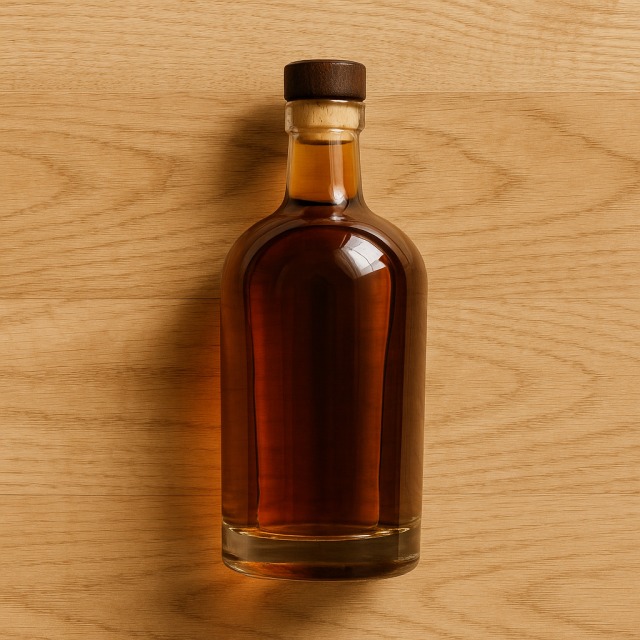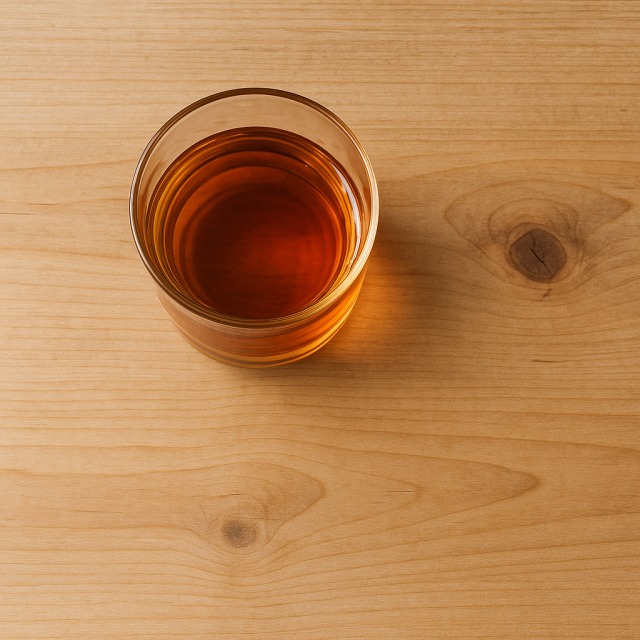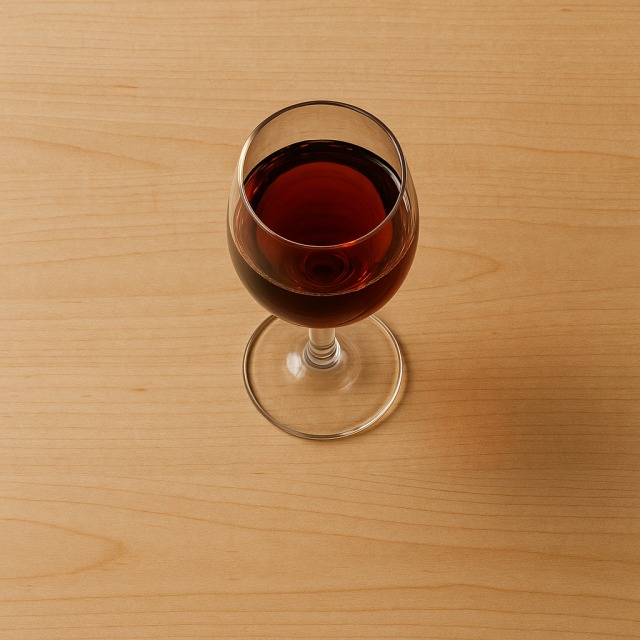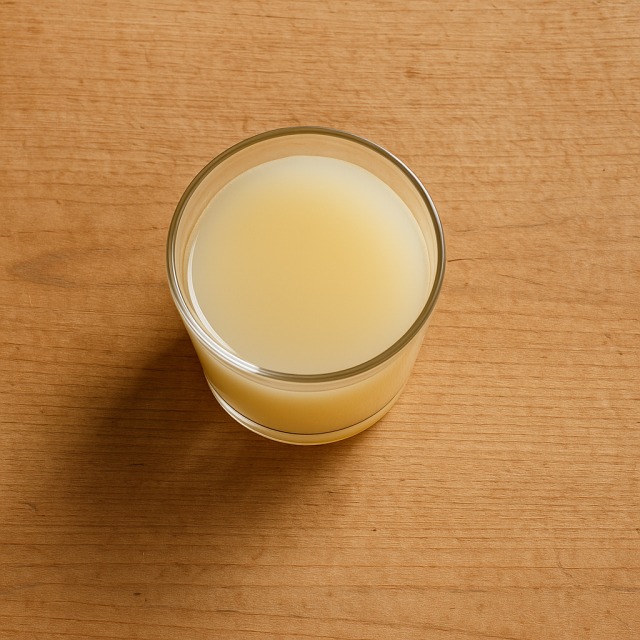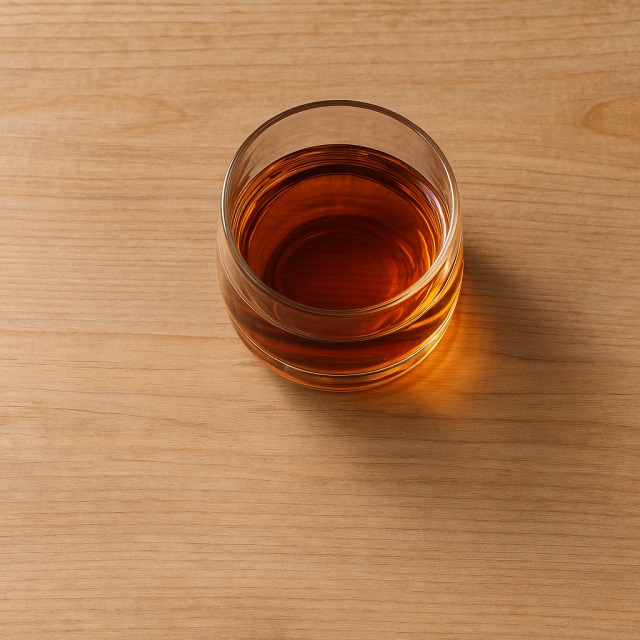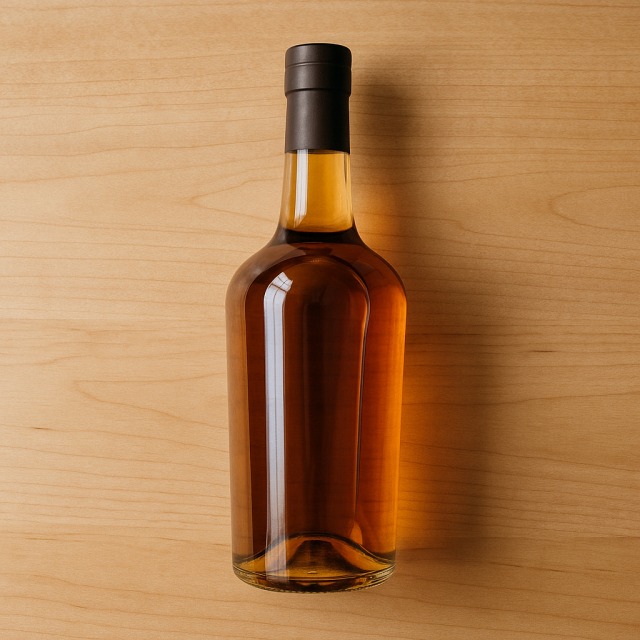Calorie Chart / Beverages / Whiskey
How Many Calories Are in Whiskey?
Calculation of the nutritional value & Recommended Dietary Intake of whiskey
For ml and a calorie requirement of kcal
| Calories 90 kcal | Proteins 0 g | Lipids 0 g | Carbohydrates 0 g |
| 5% | 0% | 0% | 0% |
Health benefits of whiskey
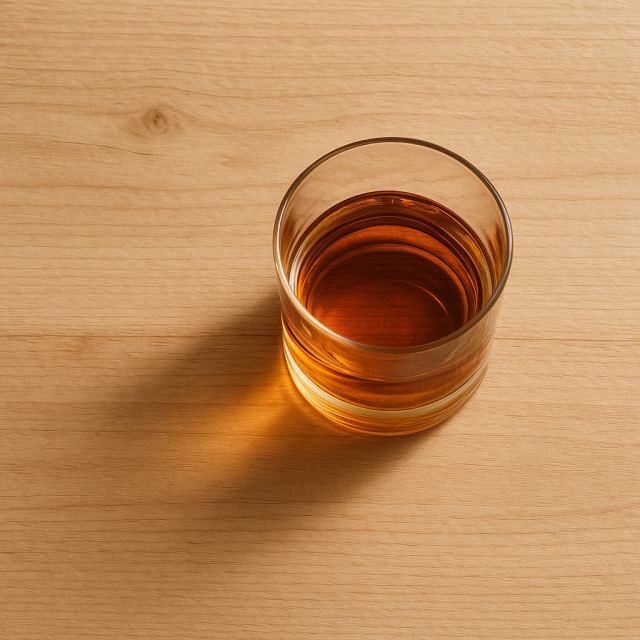
Whiskey - 100ml
Calories 224 kcal
Proteins 0 g
Lipids 0 g
Carbohydrates 0 g
With about the same energy density as a sweet soda, whiskey ranks as a high-calorie drink, so the word "calories" is central when you evaluate its place in a diet. Those calories come exclusively from ethanol, not from sugars or fat, which means no carbohydrate spike even though calories are present. Trace amounts of B-group vitamins (notably niacin) and minerals such as phosphorus and copper survive distillation, but the quantities are nutritionally negligible compared with the calories supplied.
The main supposed benefit often cited is the presence of polyphenols—especially ellagic acid—extracted from the oak cask during aging. Research still debates how much of this antioxidant activity translates into health effects, but moderate consumption has been associated with improved HDL cholesterol and potential cardiovascular protection. Again, moderation is key, because calories from alcohol count just as much as calories from food and can quickly add up.
Historically, whiskey (from the Gaelic "uisge beatha," the water of life) was distilled by monks in Ireland and Scotland as early as the 15th century. Aging in charred oak barrels not only colors the spirit but also concentrates flavor compounds while leaving the calories unchanged. Knowing that these calories are "empty"—they bring energy without fiber, proteins, or micronutrients—helps you make informed choices when searching for "whiskey calories."
Tips for incorporating whiskey into a balanced diet
If you enjoy whiskey, factor its calories into the overall meal. A 30 ml dram at the end of a dinner with smoked salmon and green salad keeps the calorie impact moderate compared with a sugar-laden dessert. Keeping an eye on calories here allows room for nutrient-dense foods elsewhere.
For cooking, use a tablespoon of whiskey in a glaze made from honey and soy sauce to coat a baked beef steak. Because most alcohol evaporates, you keep the aroma while limiting additional calories; still, count the residual calories from the spirit when tallying daily calories.
Fans of sweet-and-savory combinations can drizzle a few drops over warm baked apple slices, then pair them with shavings of dark chocolate. The contrast of fruit fiber and antioxidants with whiskey's calories creates a balanced finale. Whatever recipe you pick, measure rather than pour freely: precision is the simplest way to control calories without sacrificing flavor.
Frequently Asked Questions
- How many calories in whiskey?
- Whiskey provides about 224 kcal per 100 g.
- Does whiskey contain carbohydrates, proteins, or fat?
- No. It delivers 0 g of carbohydrates, 0 g of proteins, and 0 g of lipids, yet it still supplies calories from alcohol.
- Why does whiskey still add calories if the macros are zero?
- Alcohol itself equals roughly 7 kcal per gram, so even without sugars or fat, distilled spirits are calorie-dense.
- Is whiskey lower in calories than beer?
- Per serving, a neat shot of whiskey often has similar or fewer calories than a pint of beer because the volume is smaller, but per 100 g, whiskey is more calorie-dense.
- How can I enjoy whiskey without overshooting my daily calories?
- Limit yourself to a 20-30 ml pour, sip it neat or with plain water, and account for those calories in your meal plan; avoid sugary mixers that can double the calories.
Similar foods
Alcohol consumption may be harmful to your health. Please drink responsibly. Do not drink and drive. Not recommended during pregnancy. Must be of legal drinking age.
Information provided by Calorie Menu may contain inaccuracies or errors. It cannot, under any circumstances, substitute medical advice or medication.
